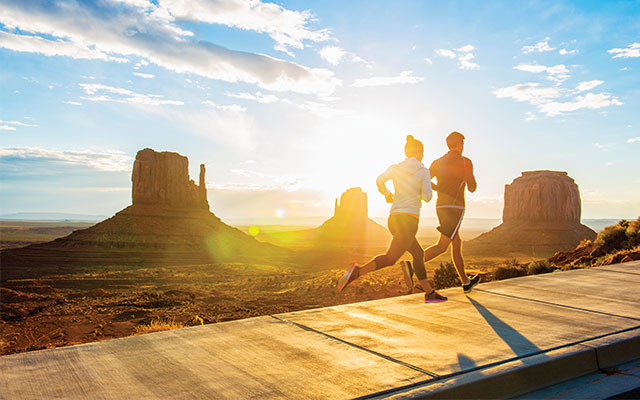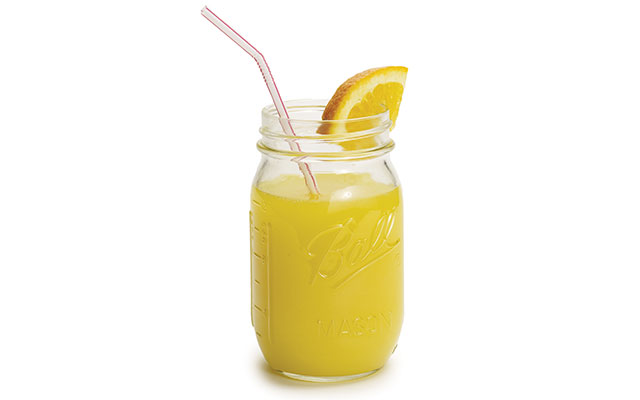Q | Can working out in higher temps help me lose weight?
A | Your intensity level generally determines how much fat you’ll burn during a workout, and if you’re not used to the heat, you may actually burn fewer calories. That’s because your body will be laboring to cool itself down, and because you’ll feel like you’re working hard, you’ll perform your workout at a lower level intensity than if you’d performed the same exercise in cooler temps.
If you can maintain high intensity in the heat, you will burn more fat than if you performed the same exercise at the same intensity without the heat. This is a result of your body working harder (and thus expending more energy) to cool yourself down and keep your core temperature at a safe level.
Training your body to balance heat and performance requires a commitment. “Ten days of consistent training in a heated environment will acclimate your body and enable it to perform at a higher intensity in that environment,” says Josha Kruvand, NSCA-CPT, NSCA-CSCS, AFPA, owner of Kru Strength + Fitness.
From there, you’ll have to continue training in the heat once every three days to remain acclimatized.
It’s worth noting that training in heated environments is useful for more than just a little extra adipose burn. The practice can help you prepare for an athletic event in a hot environment, such as a marathon in the desert. It can also bolster your performance in a cooler temperature.
Keep in mind that training in the heat does come with risks, namely dehydration (which can hurt your performance), as well as heat stroke and heat exhaustion.
“Your level of hydration will affect you more in a heated workout, so if you’re dehydrated, you will generally be performing at about a 10 percent lower performance level than normal,” Kruvand explains.
You can sweat out a liter of water every hour, and two or three times that in the heat, so it’s important to make sure you’re drinking plenty of water before, during, and after your workout. (For more hydration tips, visit “All About Hydration“.)
This article first appeared as part of “Expert Answers” in the June 2016 issue of Experience Life magazine. Click here to subscribe.
Illustrations by Kveta




This Post Has 0 Comments